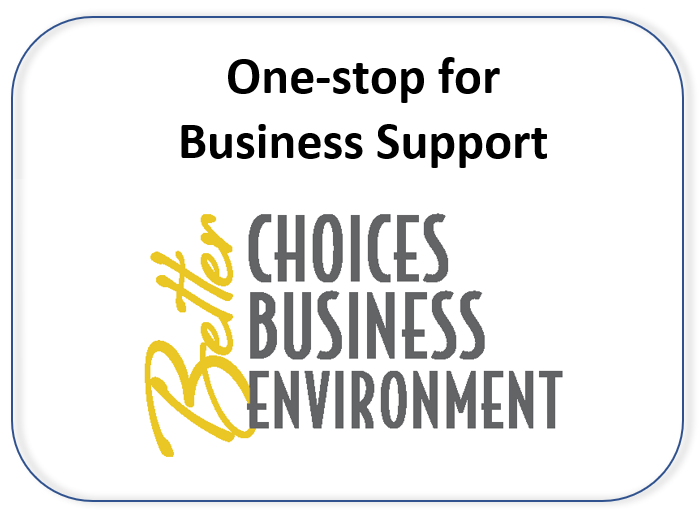Hazardous waste
Businesses are required to follow regulations to treat, store and dispose of hazardous waste as described on this website. The first step is to determine if the waste is listed or has the characteristics of hazardous waste as described further on this website. Next, the amount of hazardous waste generated will determine which hazardous waste regulations apply. Finally treatment, storage and disposal options are available for hazardous waste disposal.
Report a complaint
To voluntarily report a hazardous waste complaint, please fill out this online form to the Department of Natural Resources for a follow-up.
Overview
State and federal law requires businesses and institutions to determine if their waste is hazardous. A business can determine if it generates hazardous waste by carefully reviewing ch. NR 661, Wis. Adm. Code, and by answering the following questions.
- Is the material solid waste?
- Is it excluded from the hazardous waste rules?
- Is it a listed or characteristic hazardous waste?
- Is it a mixture containing hazardous waste or is it derived from hazardous waste?
The publication Waste Determination and Recordkeeping (WA-1152) can assist you in this hazardous waste identification process.
Additionally, the full ch. NR 661 Hazardous Waste Identification and Listing can help you identify any hazardous wastes.
The DNR's Hazardous Waste program created a publication - Common Hazardous Waste Violations (WA-850) - to outline mistakes many generators make, and how to correct or prevent them in the first place.
The administrative codes and statutes related to hazardous waste can be found at Hazardous Waste Resources.
Generator classifications
If your business or institution generates hazardous waste, you must comply with certain requirements, depending on the quantity of hazardous waste you generate during any given month. There are three hazardous waste generator categories: 1) very small quantity, 2) small quantity and 3) large quantity generators. All hazardous waste generators must make a waste determination and properly dispose of their hazardous waste. Additional requirements apply based on the generator classification.
For more information on the generator categories and the requirements that apply, see ch. NR 662, Wis. Adm. Code.
Exclusions
On Aug. 1, 2017, the DNR updated hazardous waste regulations regarding the handling and management of solvent-contaminated wipes. These updates reflect the federal requirements of the Environmental Protection Agency rule, Conditional Exclusions from Solid Waste and Hazardous Waste for Solvent-Contaminated Wipes. The current Wisconsin rules allow exclusions from hazardous waste regulation for reusable and disposable solvent-contaminated wipes under certain conditions.
Reusable and disposable wipes are commonly used by businesses and institutions to clean parts and equipment. Through use, the wipes become contaminated with solvents and other materials that could classify them as hazardous waste. The DNR's publication Management of Solvent-Contaminated Wipes (WA-1207) provides guidance on the proper management and disposal of hazardous solvent-contaminated wipes.
Treatment, storage and disposal
Facilities that treat, store or dispose of hazardous waste must be licensed by the DNR, unless the activity is specifically exempt from the licensing requirement.
Wisconsin is home to 14 licensed hazardous waste management facilities. Some Wisconsin companies have a license only to store or treat the hazardous waste they generate. Commercial hazardous waste facilities manage hazardous waste generated by businesses and institutions in Wisconsin, as well as other states and foreign countries. Wisconsin's commercial hazardous waste facilities recycle hazardous waste solvents and mercury, fuel blend hazardous wastes for energy recovery, store hazardous wastes before treatment at other licensed hazardous waste facilities and treat hazardous wastes to facilitate disposal. There are no operating hazardous waste disposal facilities (landfills) in Wisconsin.
See waste facility and transporter licenses for lists of hazardous waste treatment and storage facilities.
| Additional resources | |
|---|---|

